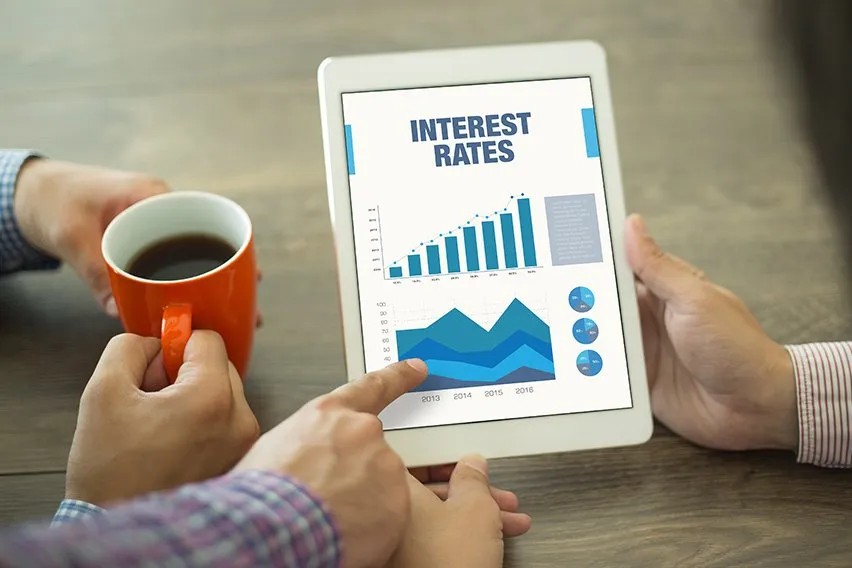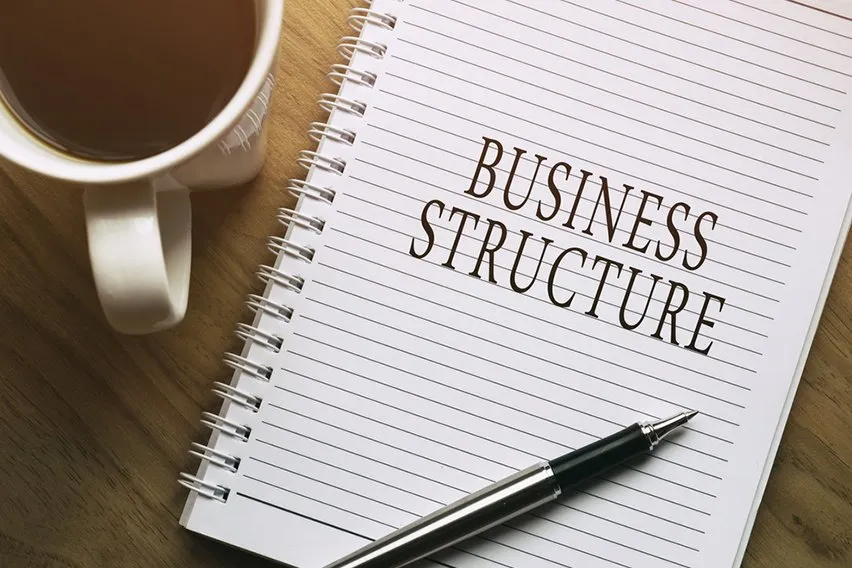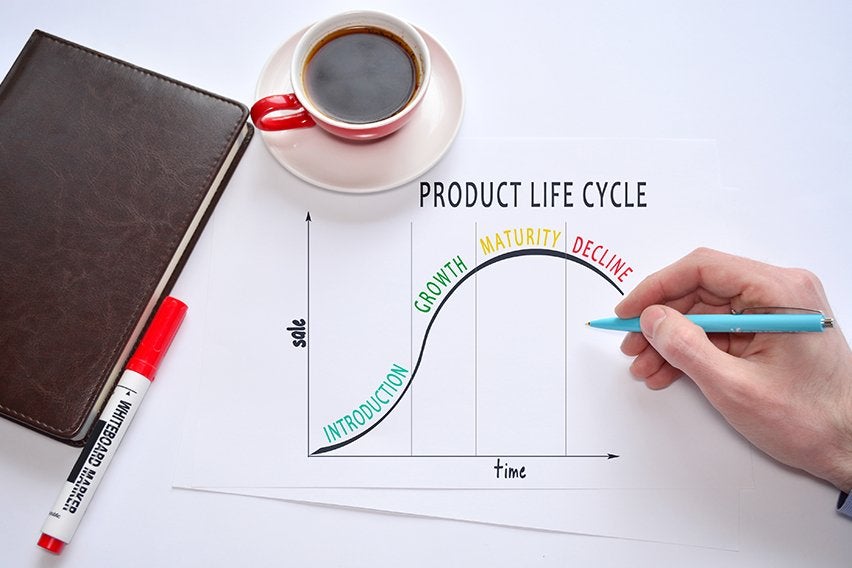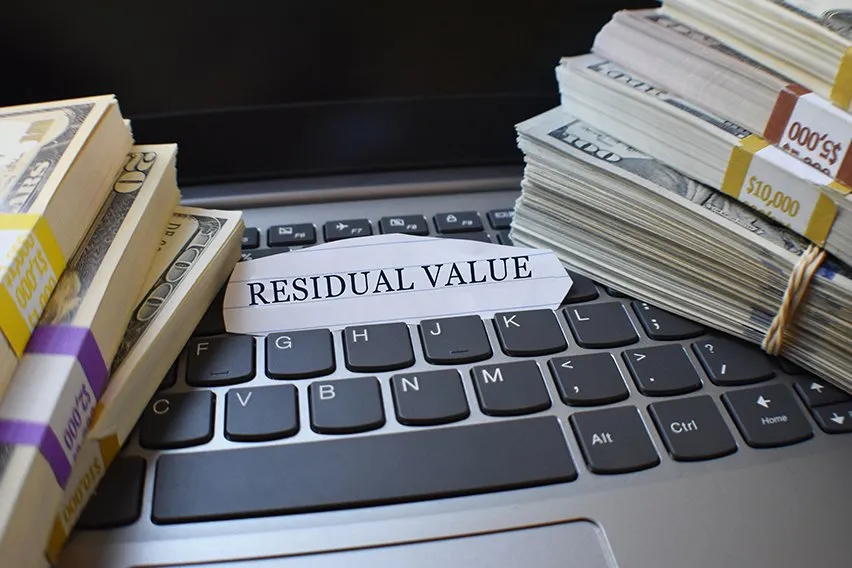Stagflation Definition, Examples & Causes

Inflation is a hot-button issue right now. Prices are soaring across the board and around the world. Sometimes this comes from economic growth. Other times, it’s the result of economic hardship, such as what we’re seeing from the pandemic.
And it’s the latter that we want to focus on today. When this happens, it’s known as stagflation. The economy is stagnant, resulting in inflation. Thus, you get stagflation. If this term is new to you, let us explain what it means exactly and how it can affect you as an Australian business owner.
Here’s What We’ll Cover:
Stagflation Definition
As the name suggests, the meaning of stagflation comes from two concepts: a stagnant economy and inflation. Moreover, this phenomenon occurs when the economic growth rate stagnates (or stalls). This usually results in higher inflation and unemployment rates.
Slow economic growth typically prevents inflation based on the laws of supply and demand. As demand falls, so do prices. As such, stagflation is rather unusual in the economy. It is often caused by government policies that disrupt normal market functions.
This may be a real problem for the government to solve. Most interventions aimed at reducing inflation will increase the unemployment rate. The reverse is true, as well. So when stagflation affects an economy, it’s unrealistic to expect instant results in fixing it.
Now that we’ve seen some of the causes of stagflation, let’s take a closer look at its origins. This will give us a better understanding of what stagflation means and where it comes from.

By looking at when the term was first used, we can better understand the meaning of stagflation in economics. In the 1960s, British politician Iain Macleod first hinted at the definition of stagflation. This was when he described what an economic stagnation situation looked like.
However, stagflation is most related to the economic recession in the 1970s. This was when the United States experienced negative GDP growth of five quarters following the oil crisis. It was during this period in 1973 that inflation doubled. It then reached double digits by 1974. This coincided with the 1975 unemployment rate of 9%.
Moreover, it violated the famous economic theory at the time. Especially macroeconomic thought based on Keynesian theory. These reports point out the effect these government policies have. When they are aimed at lowering inflation, they result in higher unemployment.
And policies aimed at lowering unemployment have led to inflation. Regarding stagflation, economists believe that these theories are not always correct. Of course, we’re now seeing stagflation affect not just the United States but Australia and other nations, as well. The stock market is a good place to look if you want hints at when stagflation might end.
Over the past several months, the Australian dollar has seen its fair share of turbulence. The same is true for the United States, where the dollar seems to continually lose value. It’s anyone’s guess when or if the value of the dollar will go back up and remain steady.
Moreover, there’s a lot that goes into a stagnant economy. For starters, there would need to be a job boom that helps bring employment rates up and unemployment rates down. And once those jobs are created, they need to remain open to ensure a thriving market.
Debt is another concern. The United States is a prime example of a country creating debt to get out of debt. As it prints more money to pay off debt, it only goes further into debt. And as a result, inflation soars.
This is a very touchy issue that isn’t always so black and white. There are many intricacies that the public doesn’t know about, making the matter all the more confusing. But even if debt remains a problem, a thriving economy will certainly help get things back on track.
What Causes Stagflation?
We’ve established that stagflation violates certain accepted principles in macroeconomic theory. But what is the reason for this? One of the contributing factors has to do with the excessive printing of money by the government.
When this happens, it increases money supply and devalues the currency. Another reason has to do with the central bank creating credit because of its policies. When central banks create more money and cheaper currency value, inflation occurs.
When each economic policy combines with policies designed to restrict growth, they may lead to stagflation. A good example is if there’s an increase in interest rates and taxes to slow economic growth. Stagflation occurs because of the conflict created by the policies aimed at slowing economic growth. This results in an increase in inflation rates, which leads to stagflation.
“Supply shock” is yet another theory behind stagflation. This is when supply experiences sudden increases or decreases. For example, whenever a commodity suddenly goes up in price, such as oil. The price goes up accordingly, but profits go down. This conflict between rising prices and declining profits results in stagflation.
Stagflation Examples
For a major example of historical stagflation, let’s go back to the United States and its economic situation in the 1970s. The situation in the United States reflects all the above reasons. This is a perfect stagflation storm. The country experienced a period of rapid economic growth in the 1950s and 1960s.
This was when the Federal Reserve increased demand and kept the unemployment rate low. However, 1960s’ wages could not keep up with the rising cost of consumer goods. The oil embargo crisis also caused a supply shock.

The high price of oil caused the industry to suffer as a whole. And this had a chain reaction. Demand falls, prices rise, and the result is stagflation.
A more recent example of stagflation from 2018 and 2019 occurred in Zimbabwe. There, a series of supply shocks to the economy caused the government to put a large supply of money into the market. This was done in an effort to cope with the rising national debt and the decline in economic output. Rising inflation and a weak economy together lead to stagflation.
Key Takeaways
Australia has seen its fair share of economic hardships as of late. The pandemic has done the country no favours, leading to stagflation that has in itself become stagnant. It is unclear when restrictions will lift, and people can get back to work.
But until then, it’s unlikely that we will see notable improvements. If you are a business owner in Australia, you are probably experiencing your own challenges in light of the pandemic. Here at FreshBooks, we understand the difficulties associated with running a small business.
That’s why we strive to offer beneficial resources that make running a business easier. You can learn more about what it takes to run a small business by visiting our Resource Hub. We have compiled a variety of guides that walk you through some of the steps needed to start a business.
You can find information explaining how to register your business name or file taxes correctly. It’s available to you free of charge, so please don’t hesitate to explore our hub. In the meantime, we invite you to download our FreshBooks app.
This software comes with powerful tools that are designed to aid you in your business operations. You can manage payroll and inventory, track time, create invoices, and much more. And right now, you can try FreshBooks free of charge for 30 days. So please give it a try and enjoy its many benefits.
RELATED ARTICLES
 What Is Churn Rate & How To Calculate It?
What Is Churn Rate & How To Calculate It? What Is a Business Line of Credit?
What Is a Business Line of Credit? What Is Interest Rate Parity (IRP)? An Overview
What Is Interest Rate Parity (IRP)? An Overview Business Structures Advantages and Disadvantages
Business Structures Advantages and Disadvantages Product Life Cycle Theory: Definition, Stages & Example
Product Life Cycle Theory: Definition, Stages & Example What Is Residual Value & How to Calculate It?
What Is Residual Value & How to Calculate It?